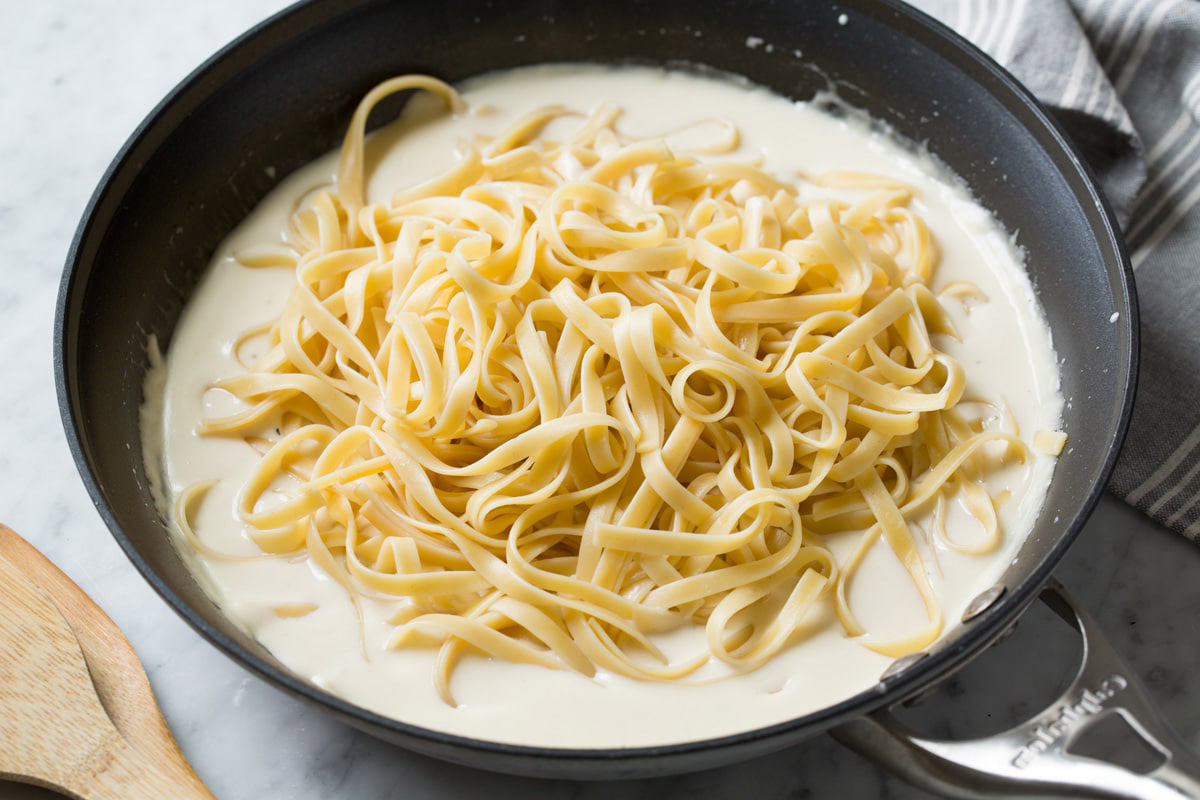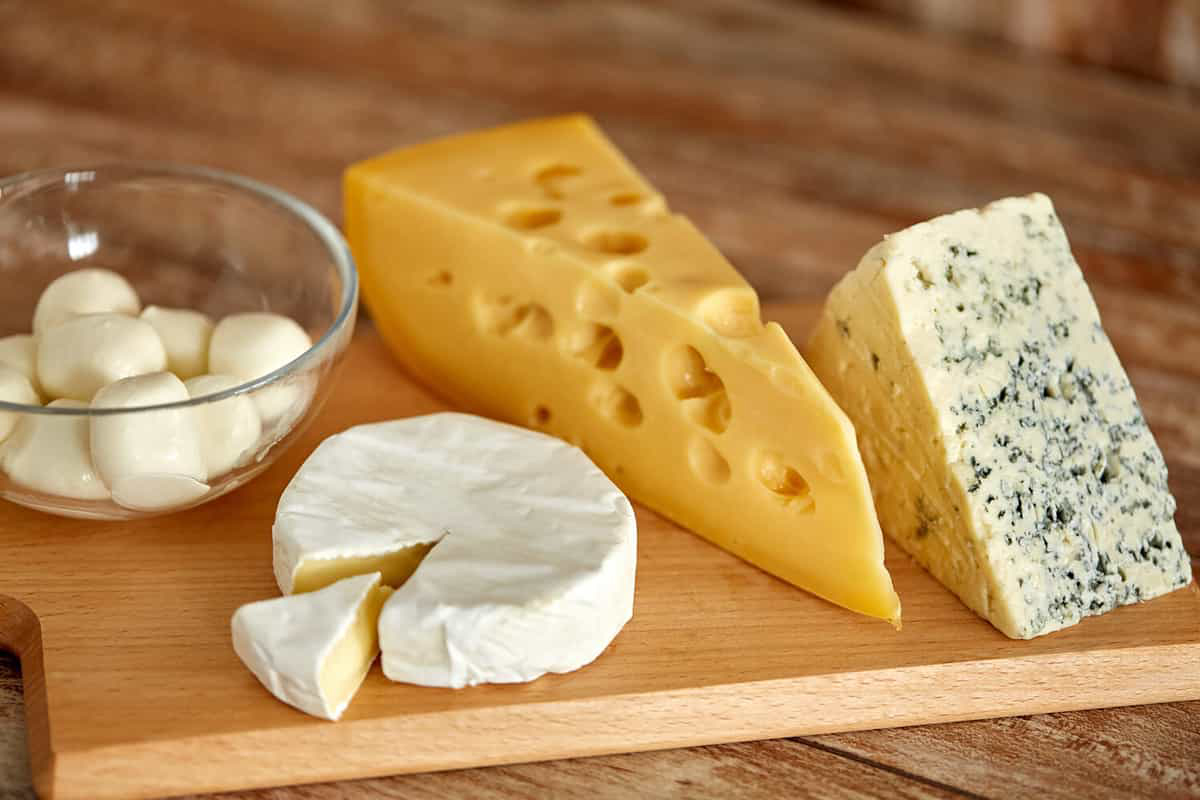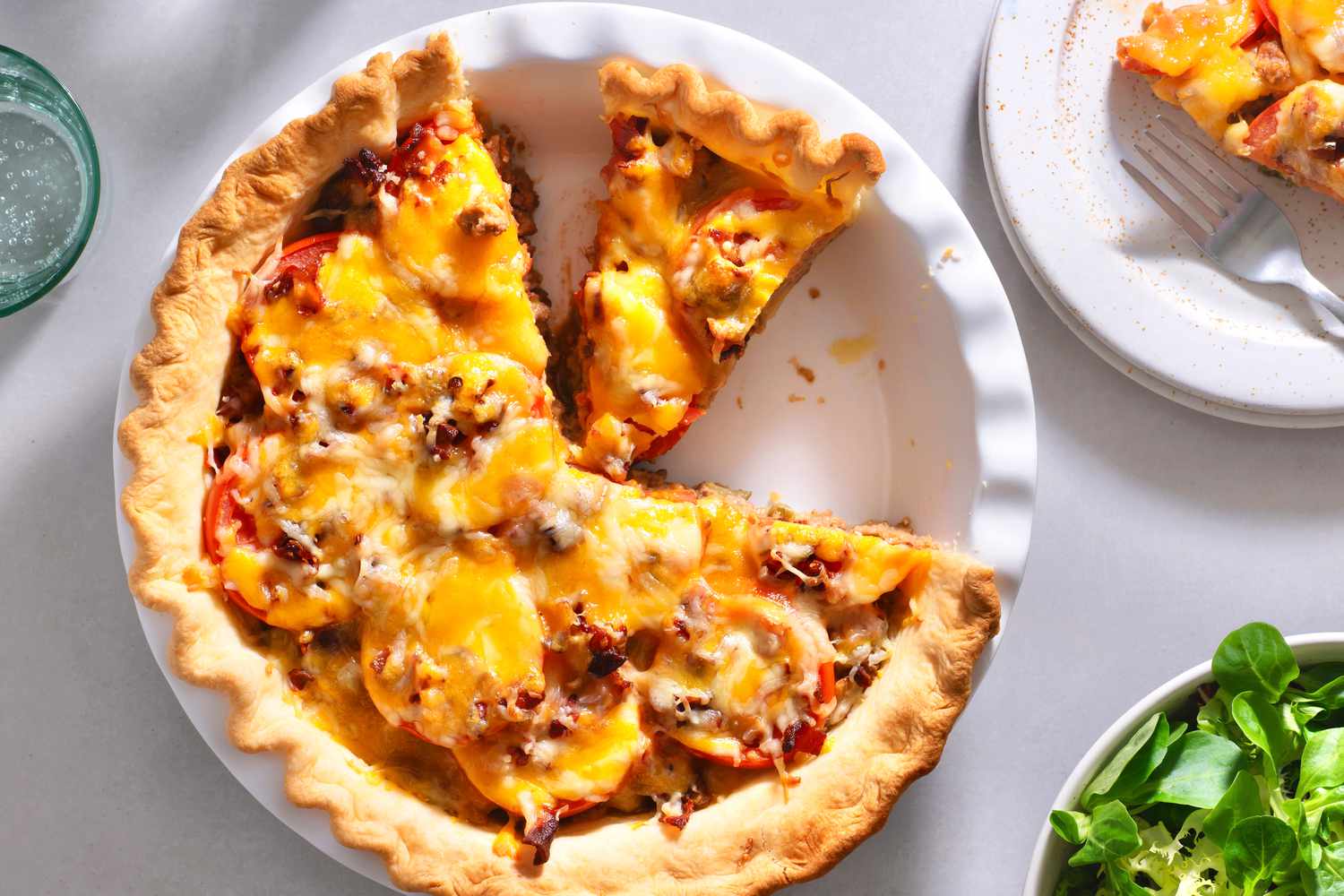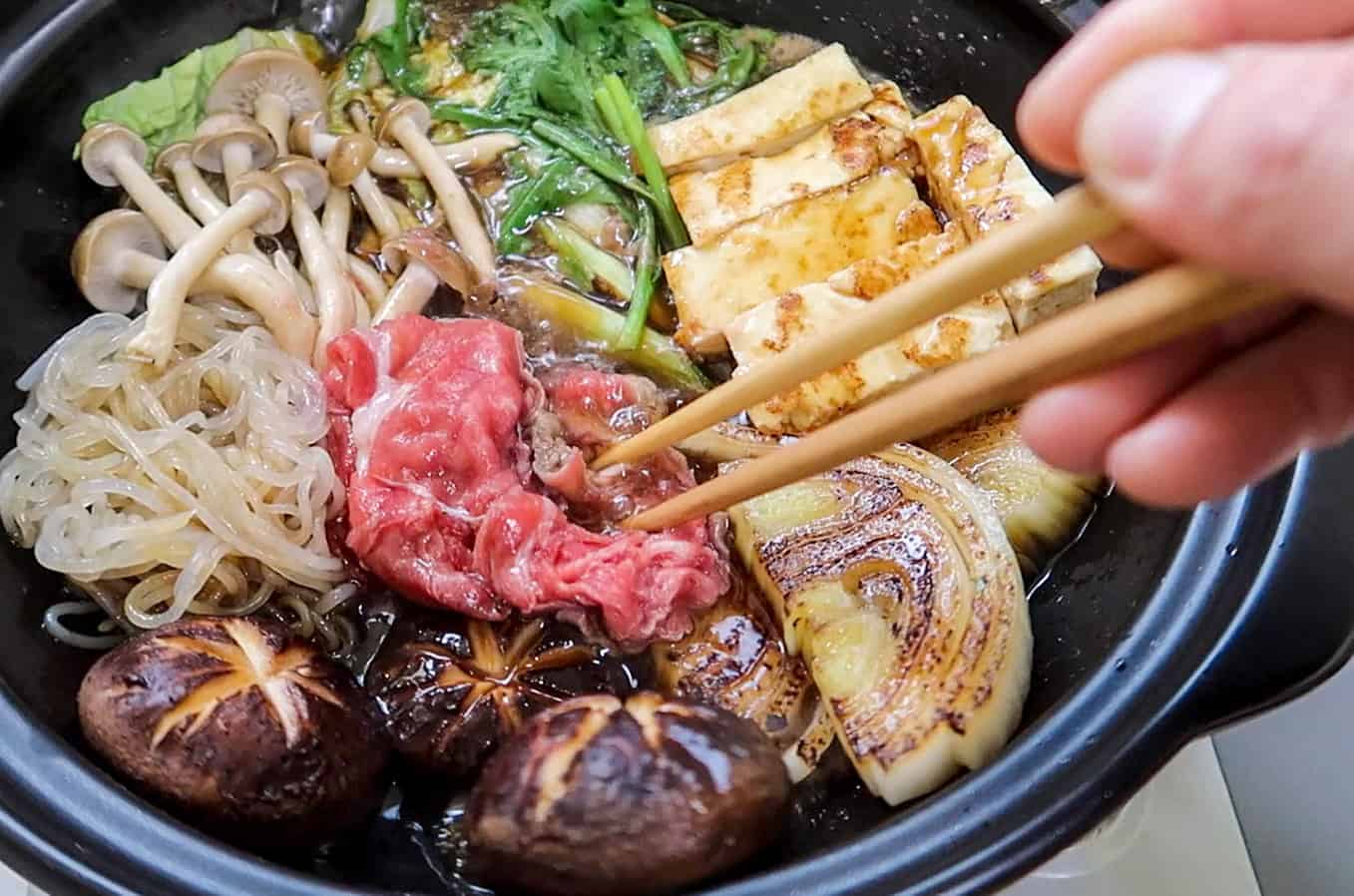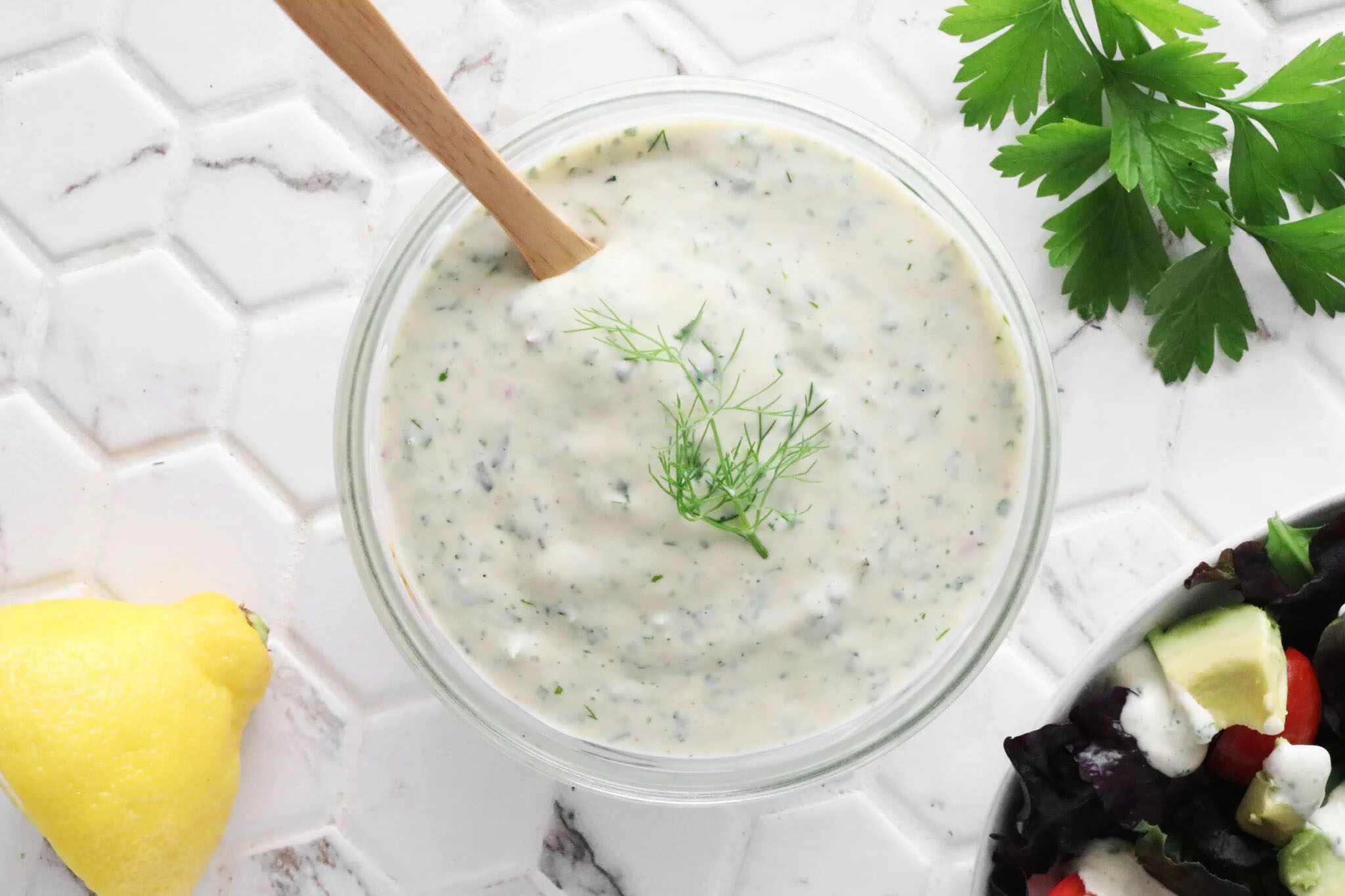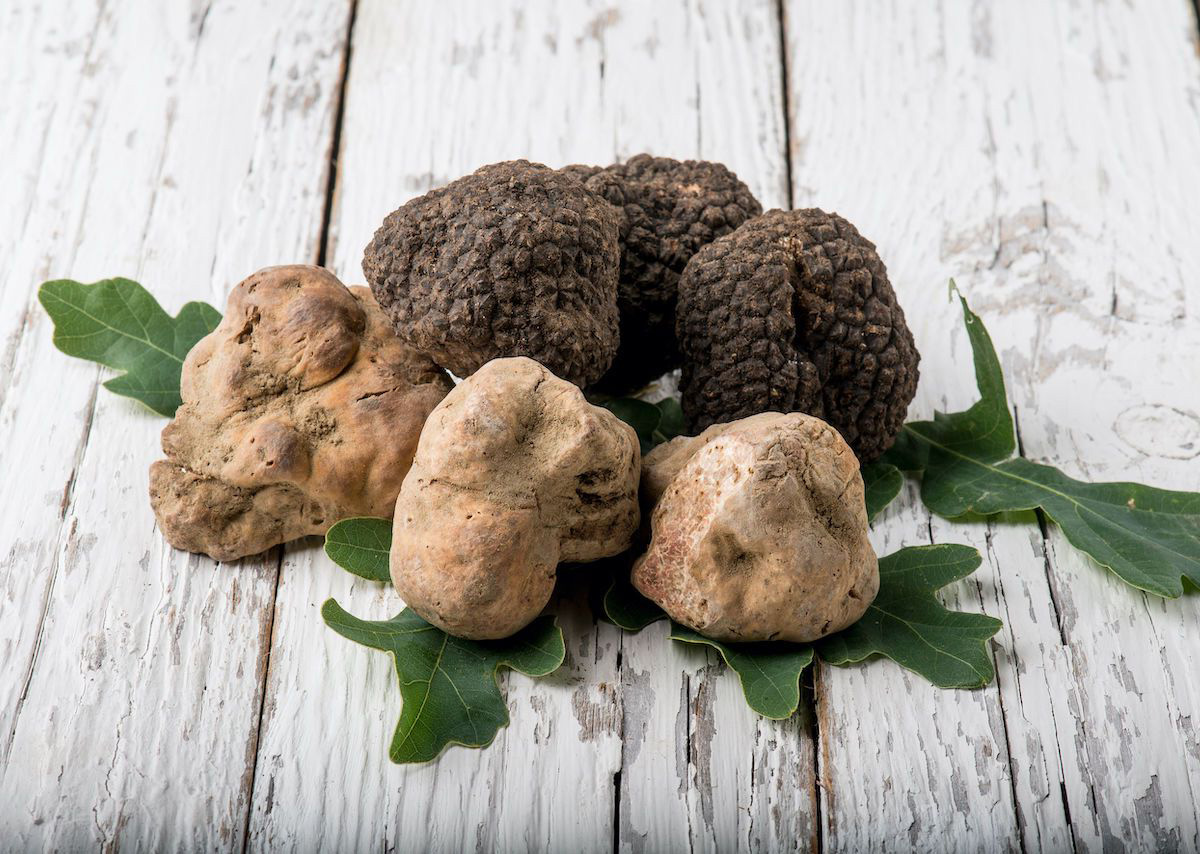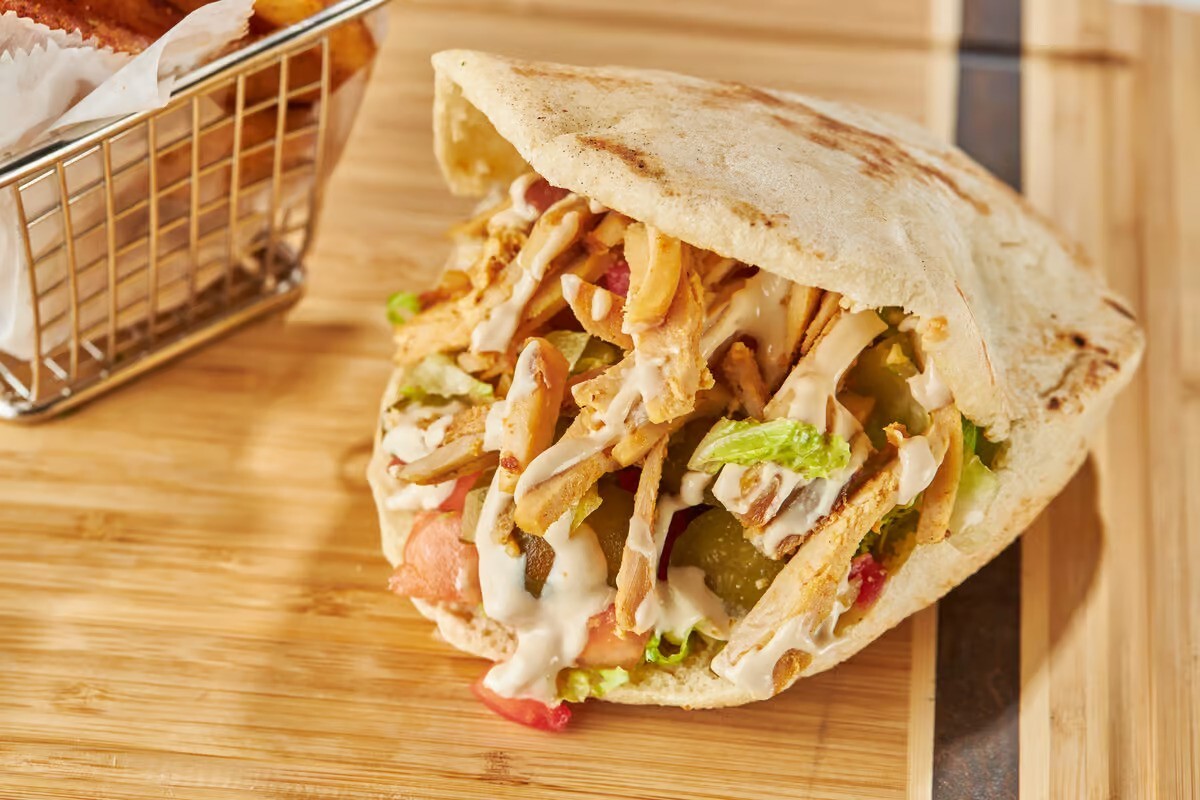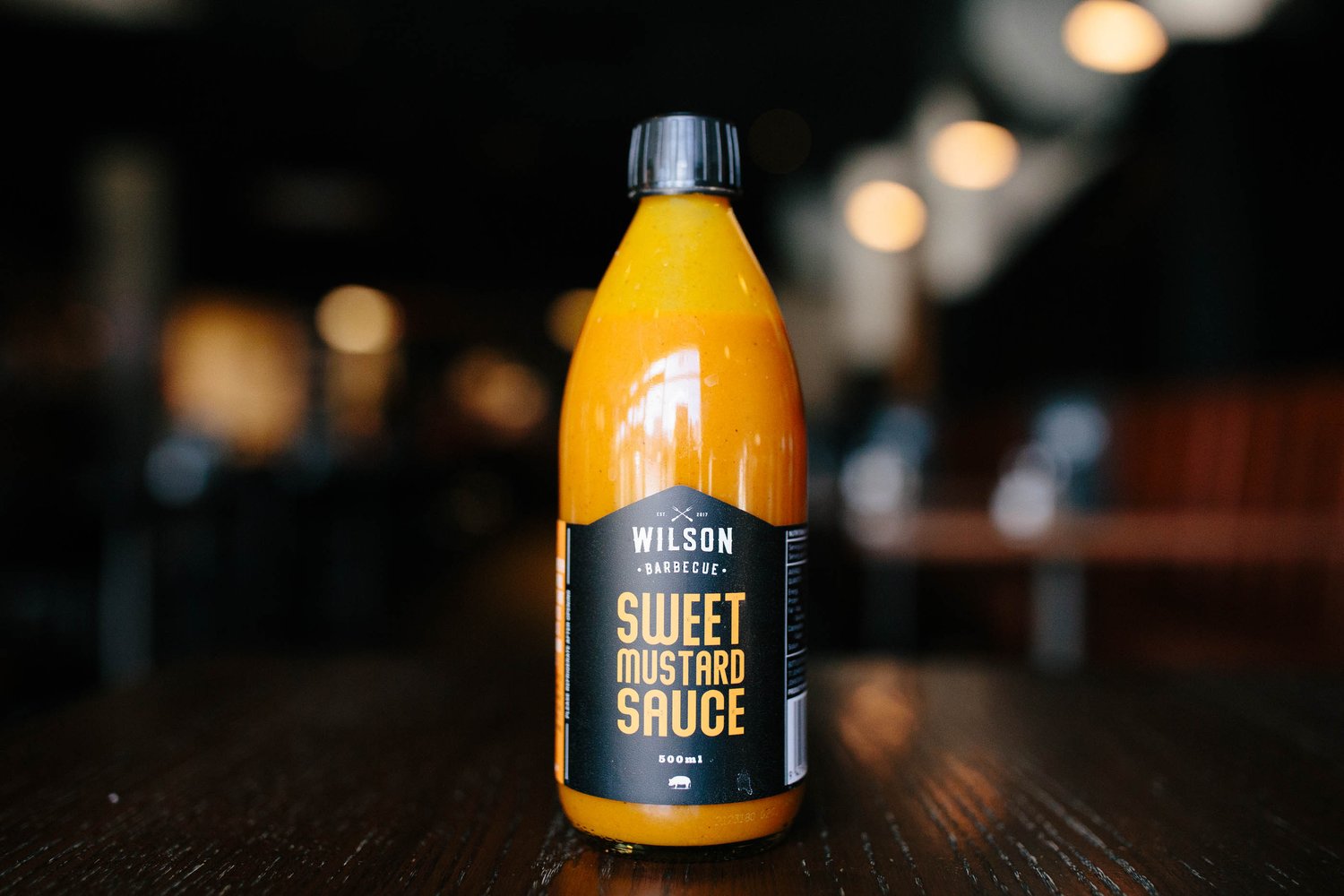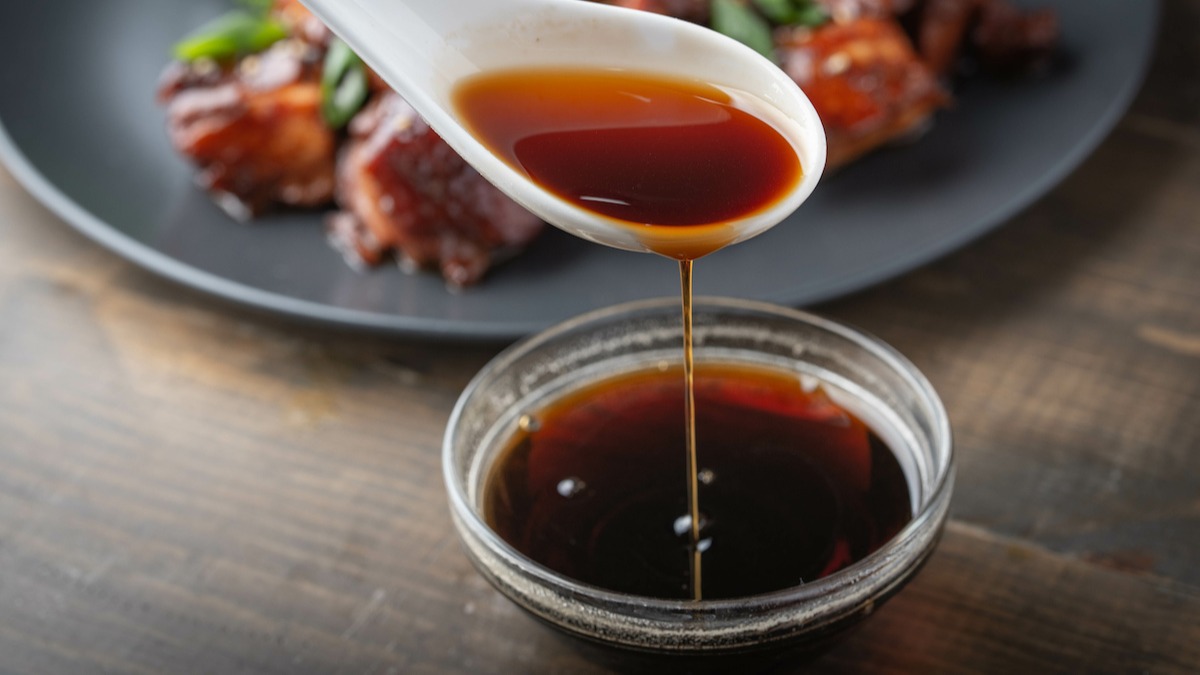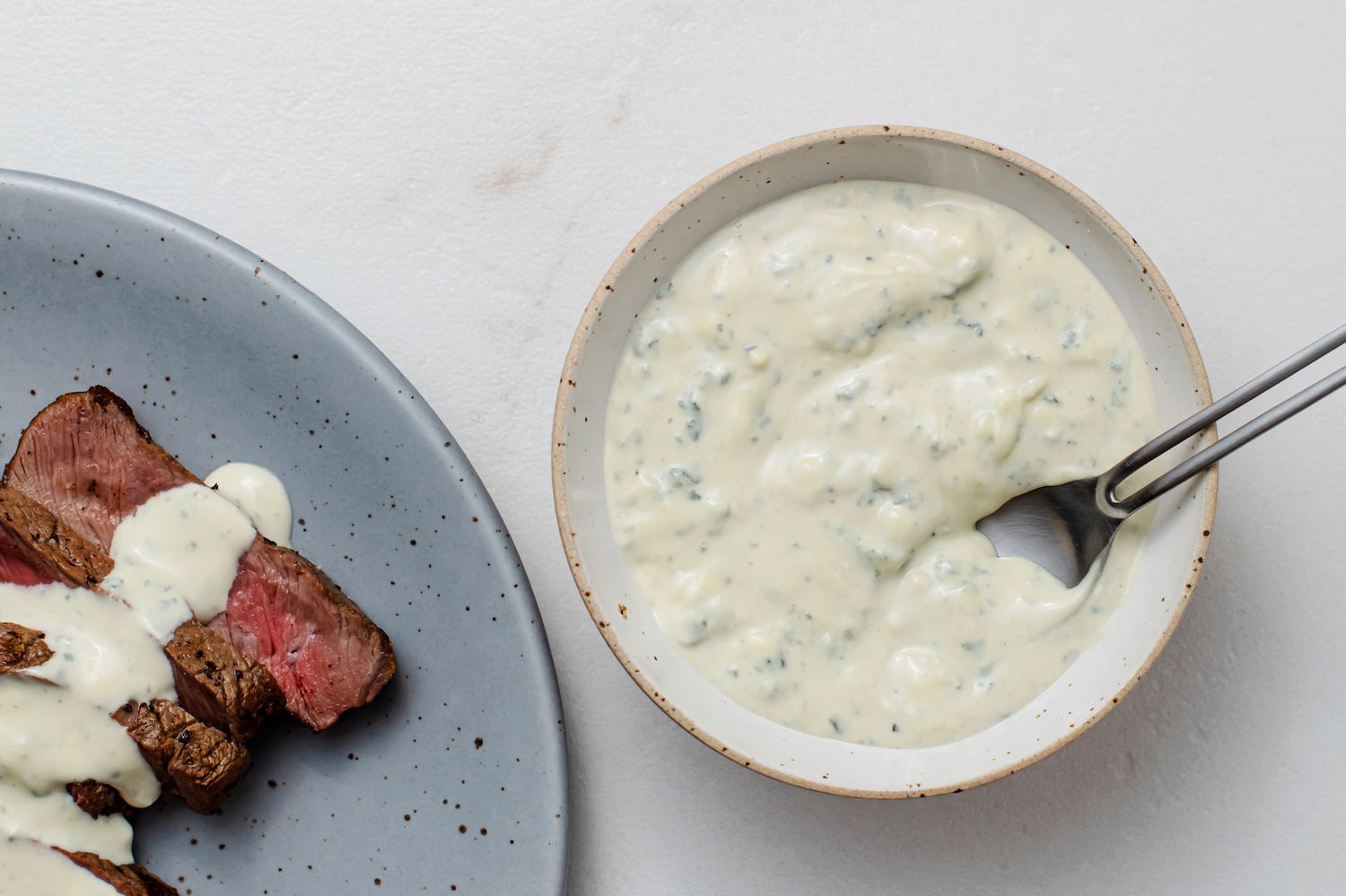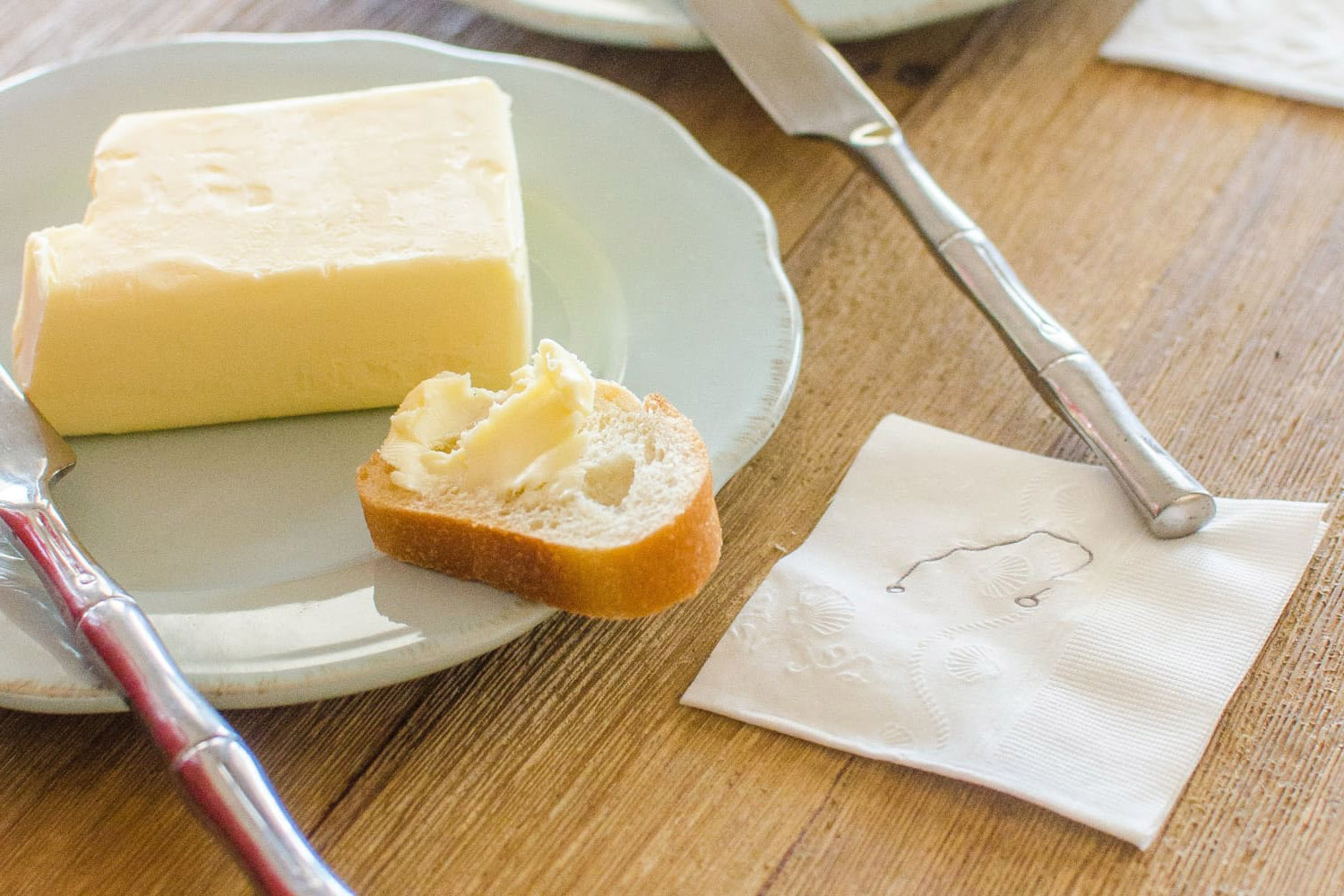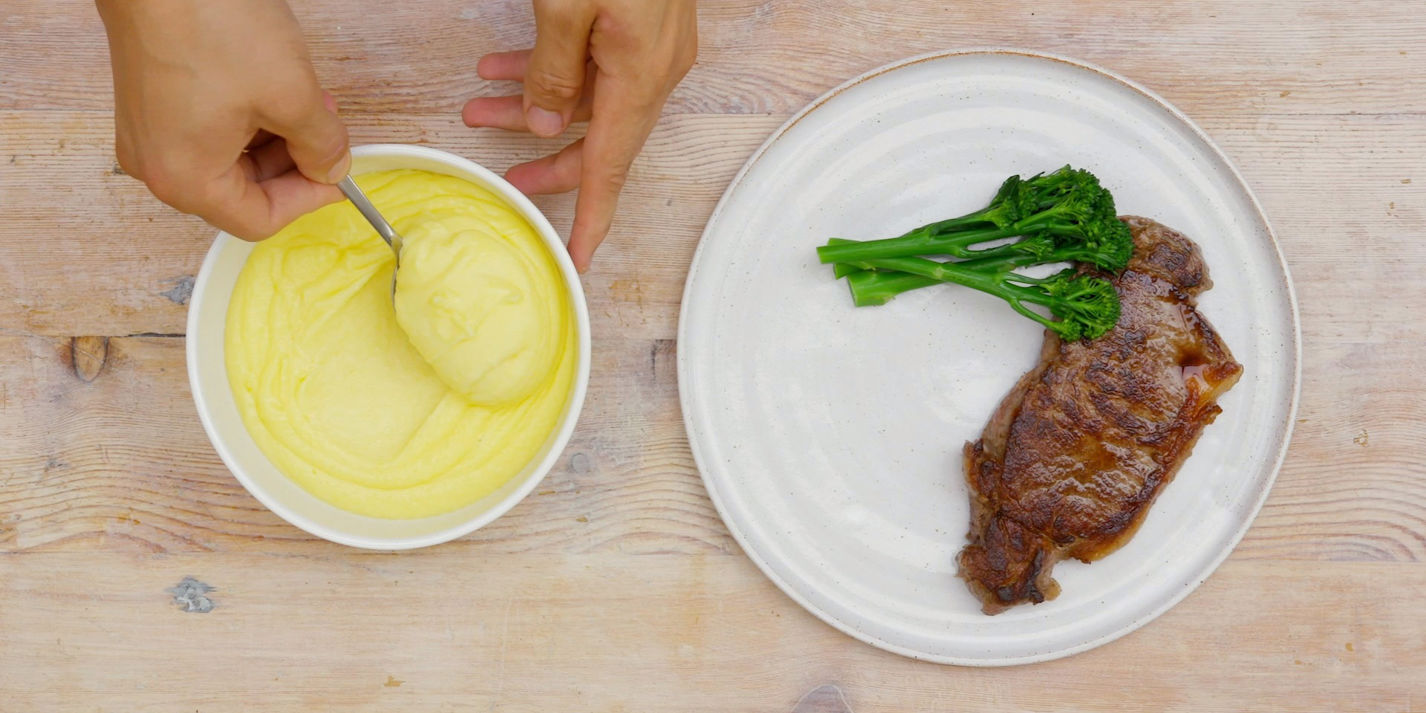Discovering the Deliciousness of Syrian Bread
When it comes to Middle Eastern cuisine, one cannot overlook the significance of Syrian bread. This traditional bread, also known as pita bread, is a staple in Syrian cuisine and is enjoyed by people all around the world. Let’s delve into the delightful world of Syrian bread and uncover what makes it so special.
The Origins of Syrian Bread
Syrian bread has a rich history that dates back centuries. It is believed to have originated in the ancient region of Mesopotamia, which is known as the cradle of civilization. The simple yet ingenious combination of flour, water, yeast, and salt has been a part of Middle Eastern culture for generations.
Characteristics of Syrian Bread
Syrian bread is characterized by its soft, fluffy texture and unique pocket that forms when it is baked. The pocket makes it perfect for stuffing with various fillings, such as falafel, hummus, or grilled meats. The bread is typically round in shape and can be enjoyed fresh and warm from the oven.
Ingredients and Preparation
The basic ingredients for making Syrian bread include flour, water, yeast, and salt. The dough is kneaded and then left to rise before being shaped into rounds and baked at high temperatures. The result is a delicious, versatile bread that can be enjoyed in numerous ways.
Versatility in Cuisine
Syrian bread is incredibly versatile and can be used in a wide range of dishes. It serves as the perfect accompaniment to dips and spreads, such as baba ganoush and labneh. It can also be used as a base for pizzas or as a wrap for sandwiches and kebabs. The possibilities are endless when it comes to incorporating Syrian bread into your culinary creations.
Health Benefits
Unlike some commercial bread products, traditional Syrian bread is typically free from preservatives and additives. It is a good source of carbohydrates and provides a satisfying feeling of fullness. When paired with nutritious fillings and toppings, Syrian bread can be part of a balanced and wholesome diet.
Enjoying Syrian Bread
Whether you are dining at a Middle Eastern restaurant or preparing a meal at home, Syrian bread is a delightful addition to any table. Its soft texture and ability to hold a variety of flavors make it a favorite among food enthusiasts. The next time you have the opportunity, be sure to savor the simple yet exquisite pleasure of Syrian bread.
In conclusion, Syrian bread holds a special place in the hearts and stomachs of people around the world. Its history, versatility, and deliciousness make it a beloved component of Middle Eastern cuisine. Whether you enjoy it with savory fillings or simply savor its warm, pillowy goodness on its own, Syrian bread is a true culinary delight.
Was this page helpful?
Read Next: What Is Thai Tamarind?
